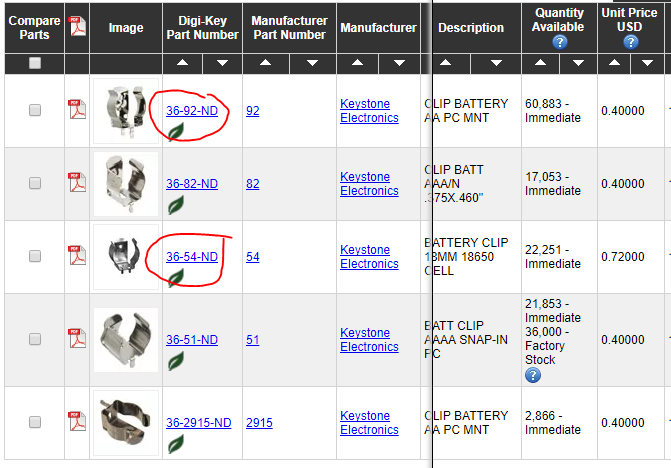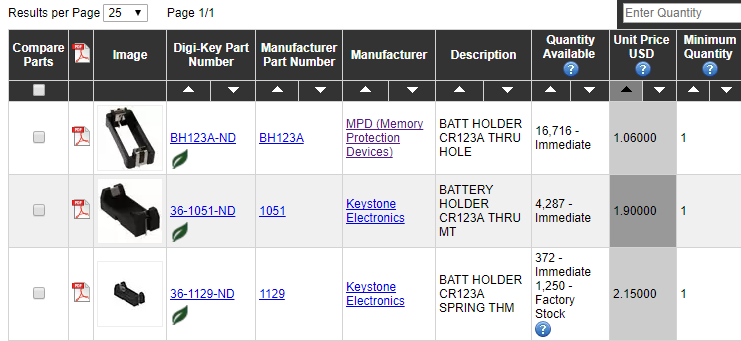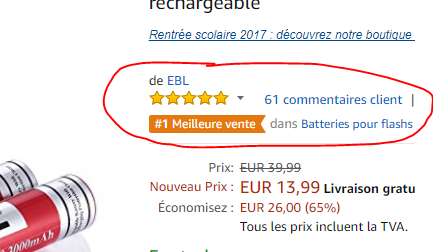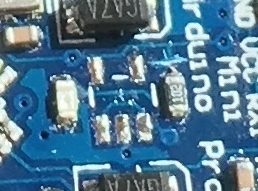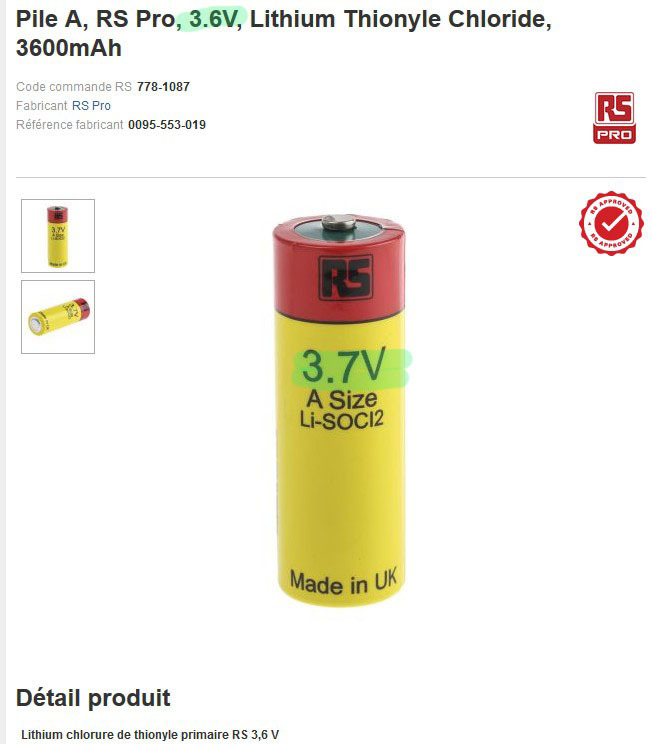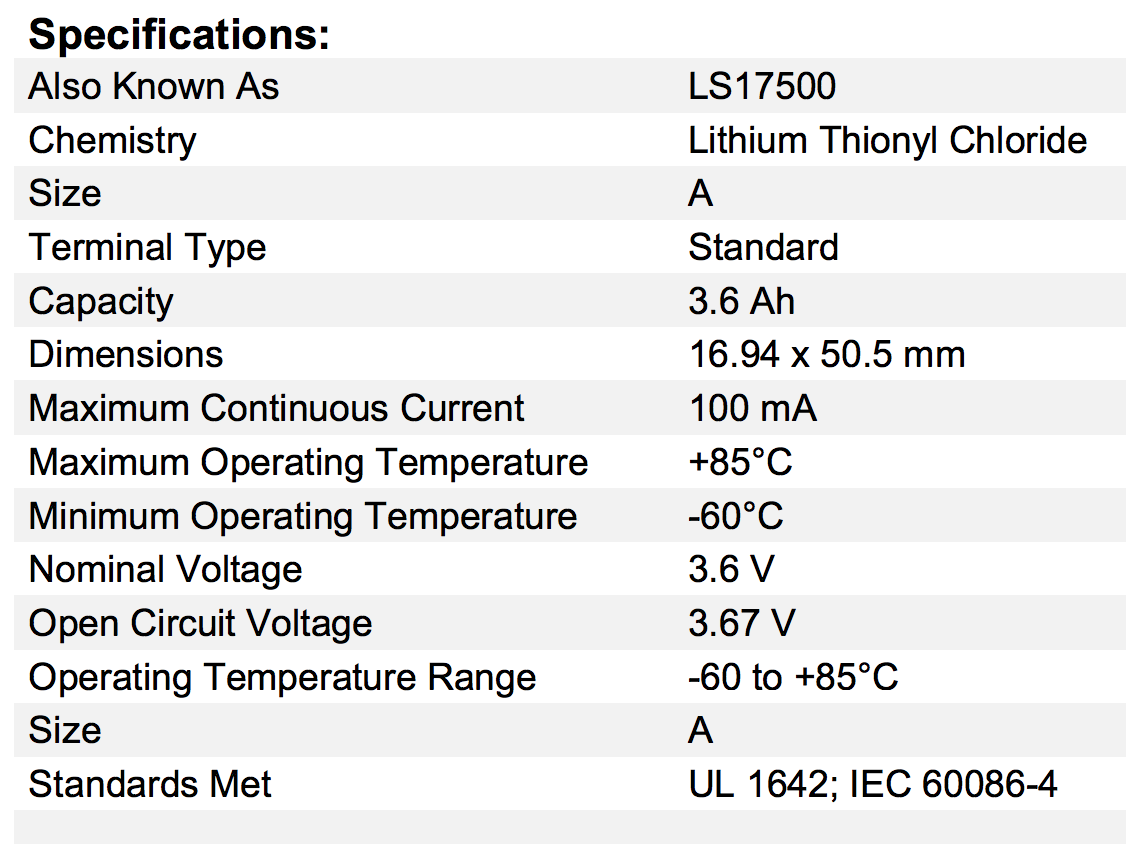Hi Guys,
I’d like to introduce my new demo node, no wire, just battery powered, Arduino Mini 3.3V 8Mhz. I created a demo for a customer with a fully Temperature Humidity sensor (I2C SI7021) with Battery Level Monitor, and here it is.
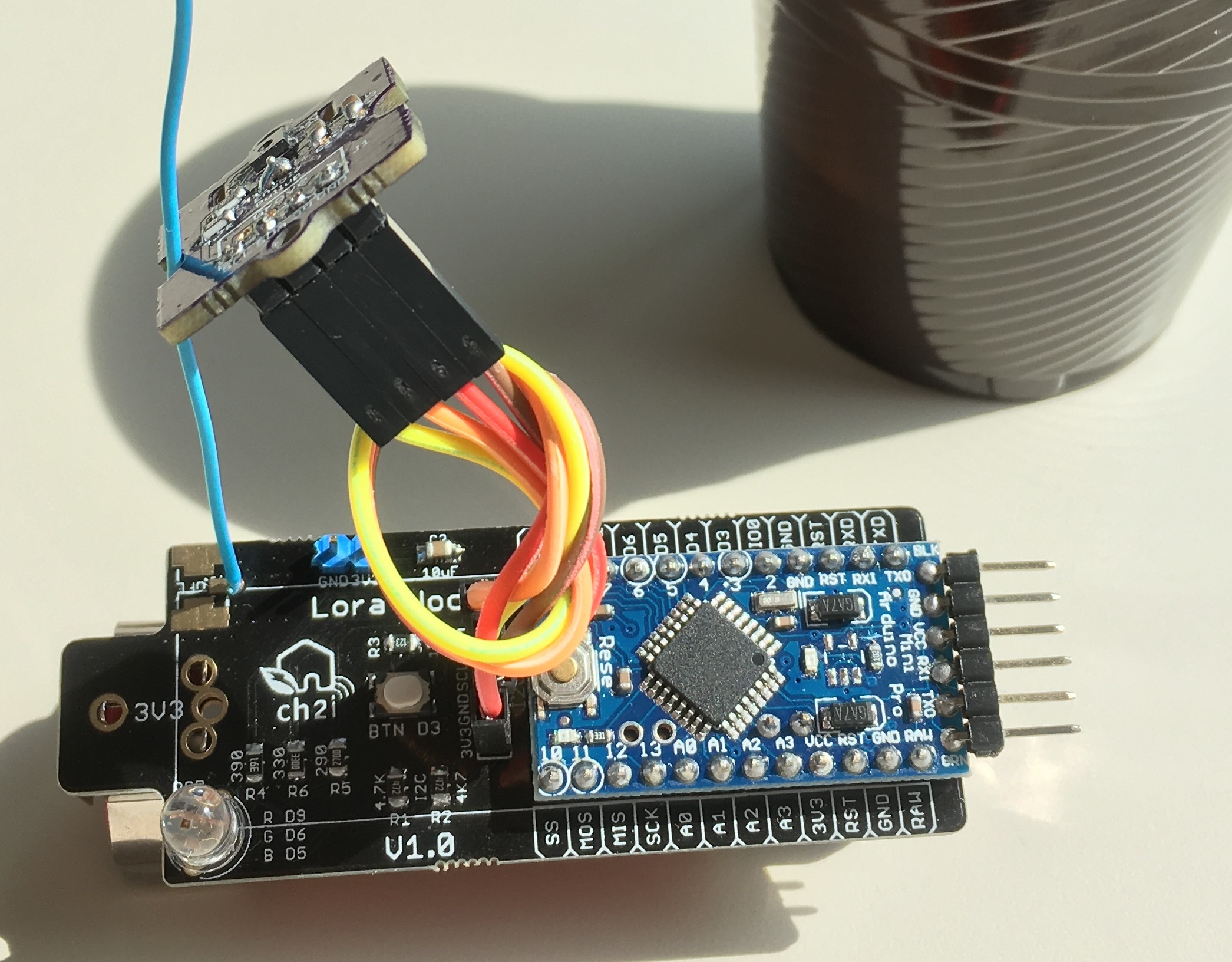
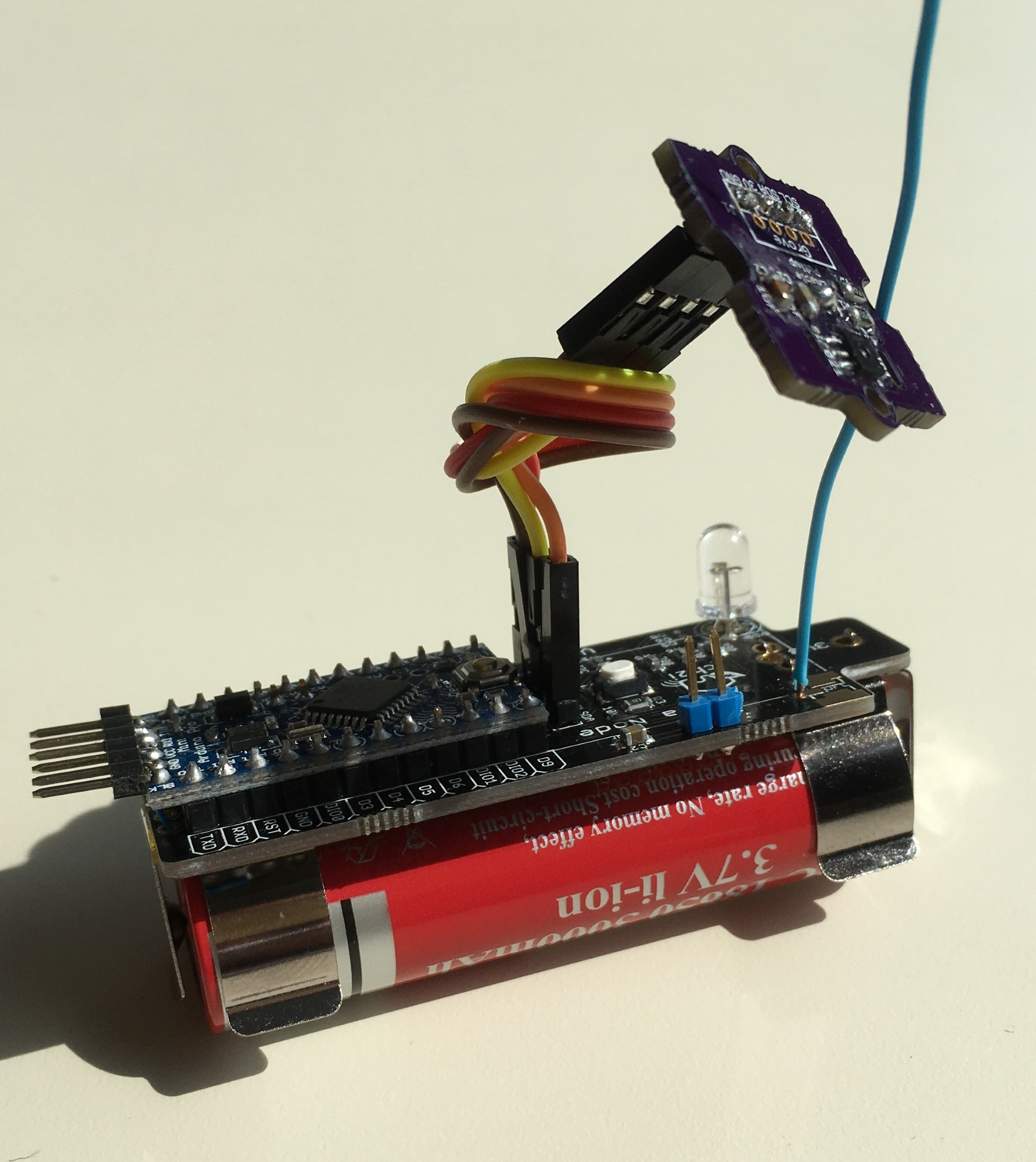
I know it’s not the smallest node, but what the deal with small nodes if the battery size is twice the node size?
So I decided to test some with battery and my old ULPNode Power Efficient Library (not released yet but soon) but trust me this library is amazing for low power hand have plenty API and tricks -).
Okay, so what? Consumption in sleep mode?
1.3uA, not bad at all
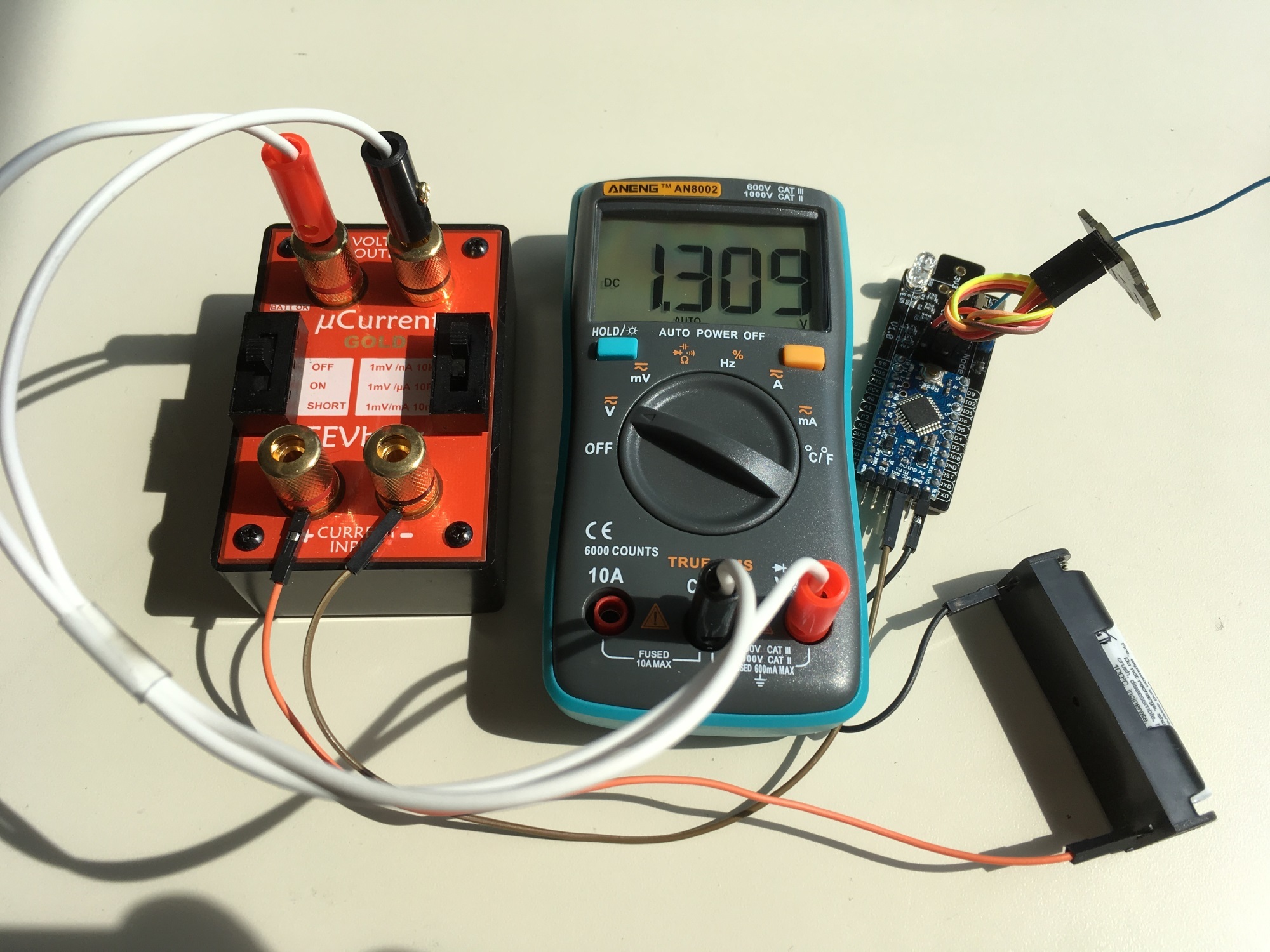
So how I made this? What I’ve done?
- I changed hardware definition in my library to reflect new one (no more ULPNode Hardware, just Nano Mini where I removed power LED of course)
- Changed ULPNode RF Protocol so conform Cayenne LPP, strange it’s mostly the same I created (see section payload sensor data), looks like the idea was not too bad
- Lightened the ULPNode library (now called ULPNodeLight), no more RFM69 with RadioHead but RFM95 and LMIC
- Created a config sketch tu put EUID on EEP instead having them on code
- Use Device ID located into I2C EEP Microchip 24AA02E64T (on board chip) if found
- Adapted OTAA sample with ULPNode Library and Low Power Management
- Use of one button press to do different action such as ACK or Not, Wake Duration, …
- Added LED to confirm all is fine (for testing, not very lowpower of course)
- Flashed Arduino Mini with Optiboot bootloader (win 1.5K of code) and decreased Brown Out detection to 1.8V to see how far we can go with RFM95. I created basic PCB programmer adapter and bootloaders for this purpose.
And final results, after going thru TTN Gateway, TTN Backend, here them with Cayenne Integration
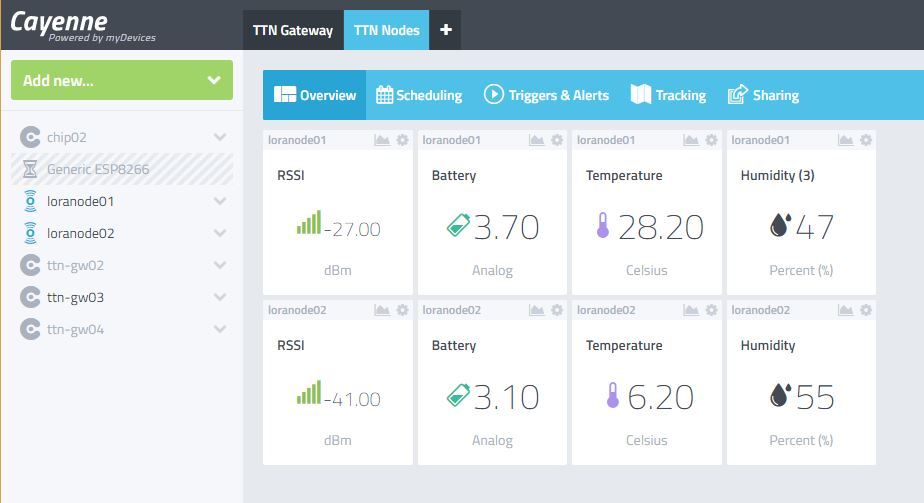
Cayenne Integration with TTN is a must, widgets comes on dashboard immediately after receiving 1st LPP frame, amaaaaaaazing !!
This PCB board can support various battery size and connector such as
18650
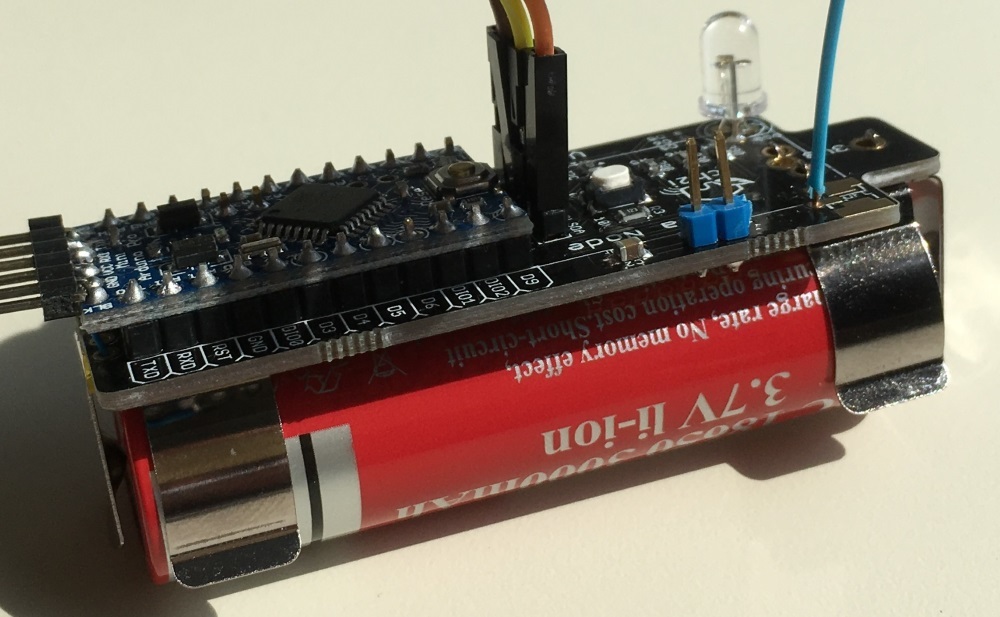
AA (3.6V) with support
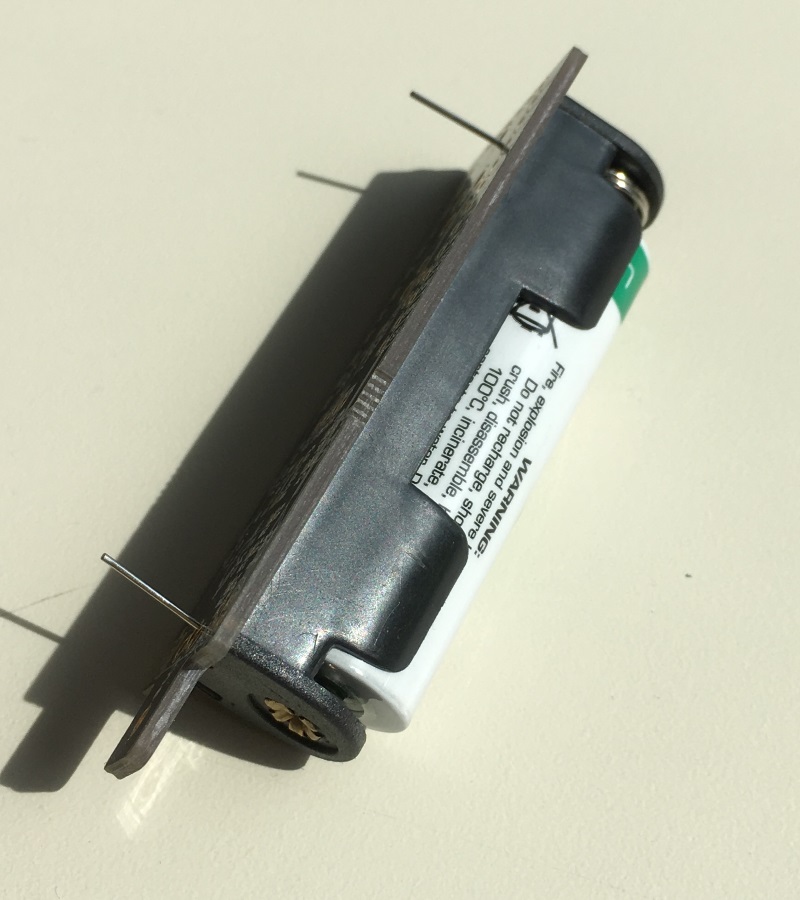
AA (3.6V) with clips
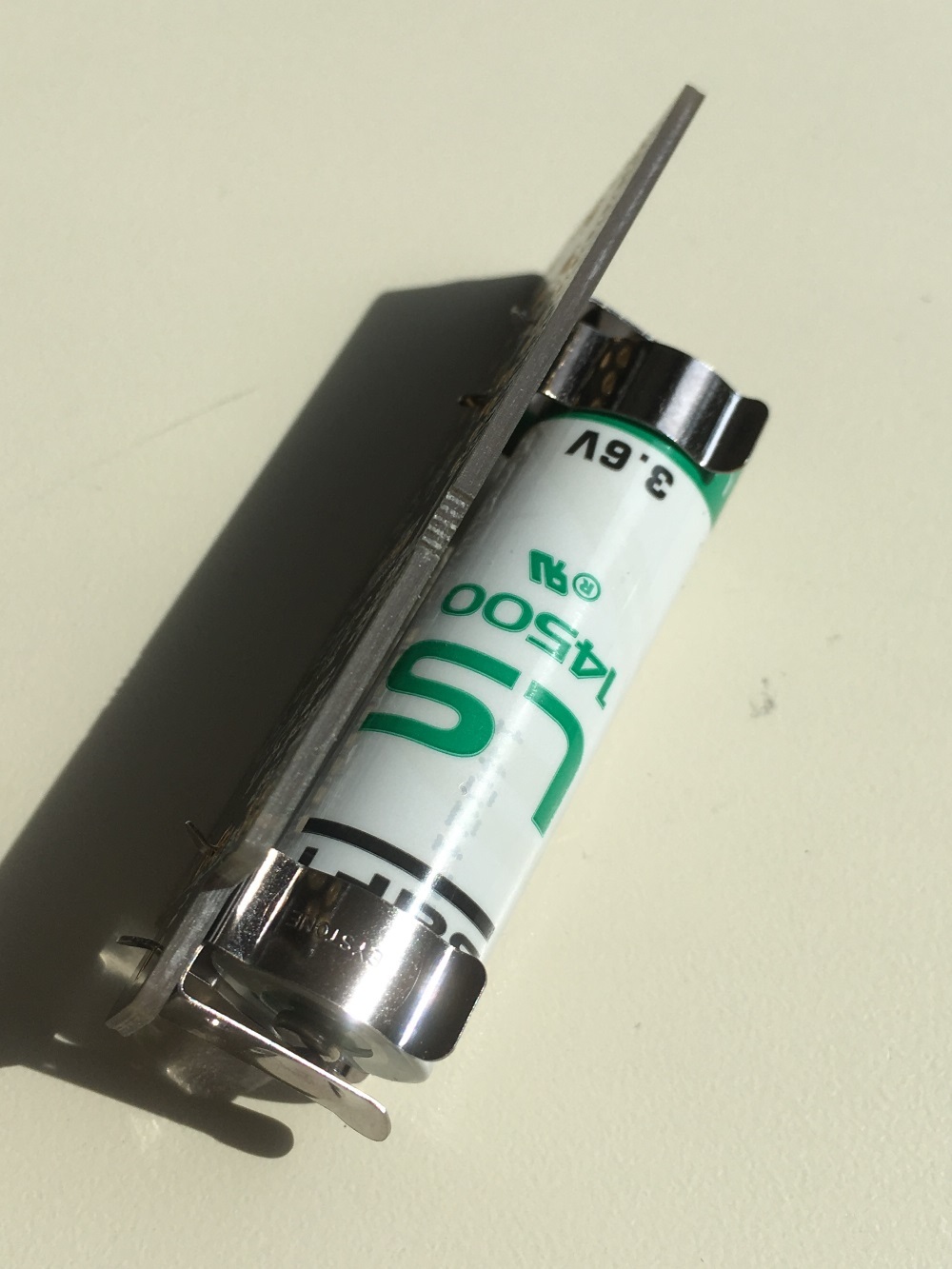
CR123
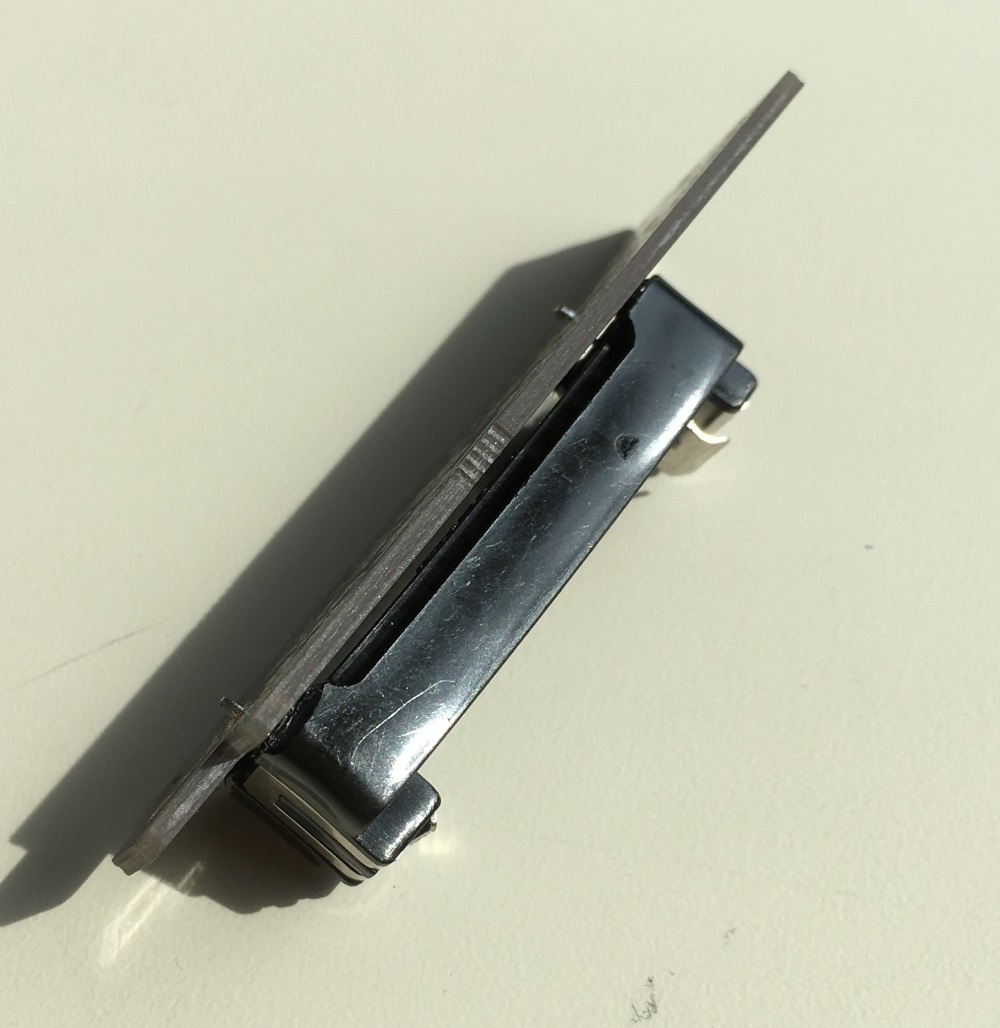
Schematics can’t be easier
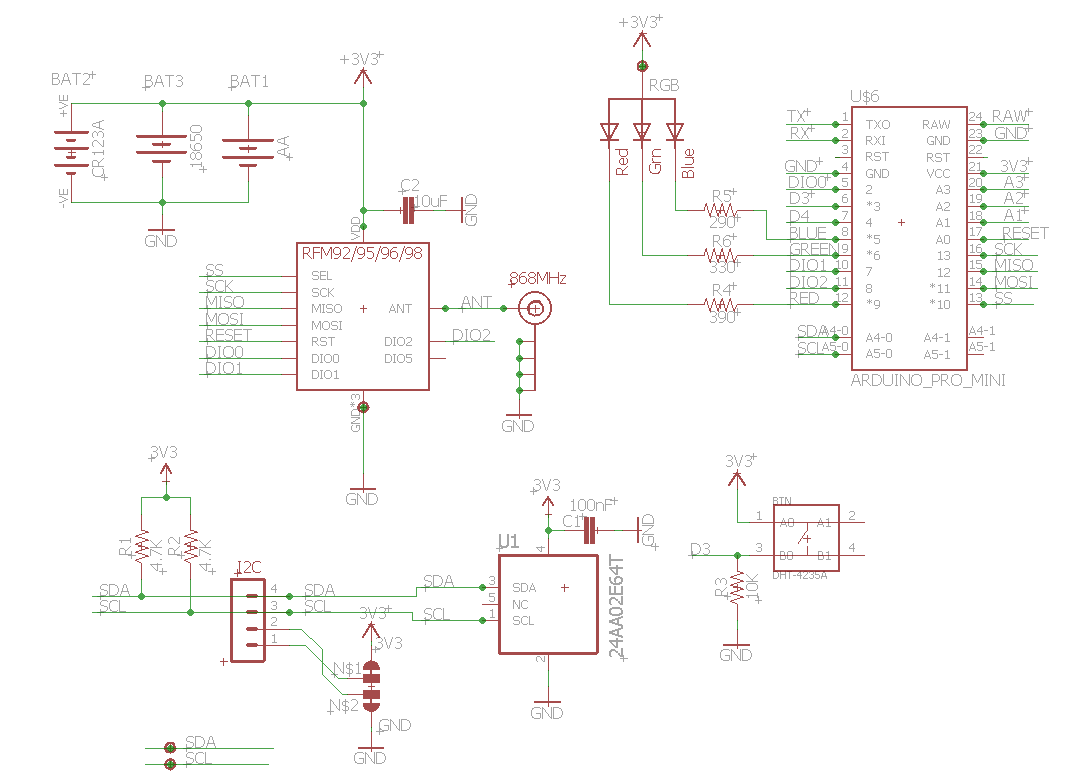
You can order PCB at PCBs.io
And last but not least, this new board should handle sleep mode under 100nA, let me some time to test it, but for now, looks like very promising 
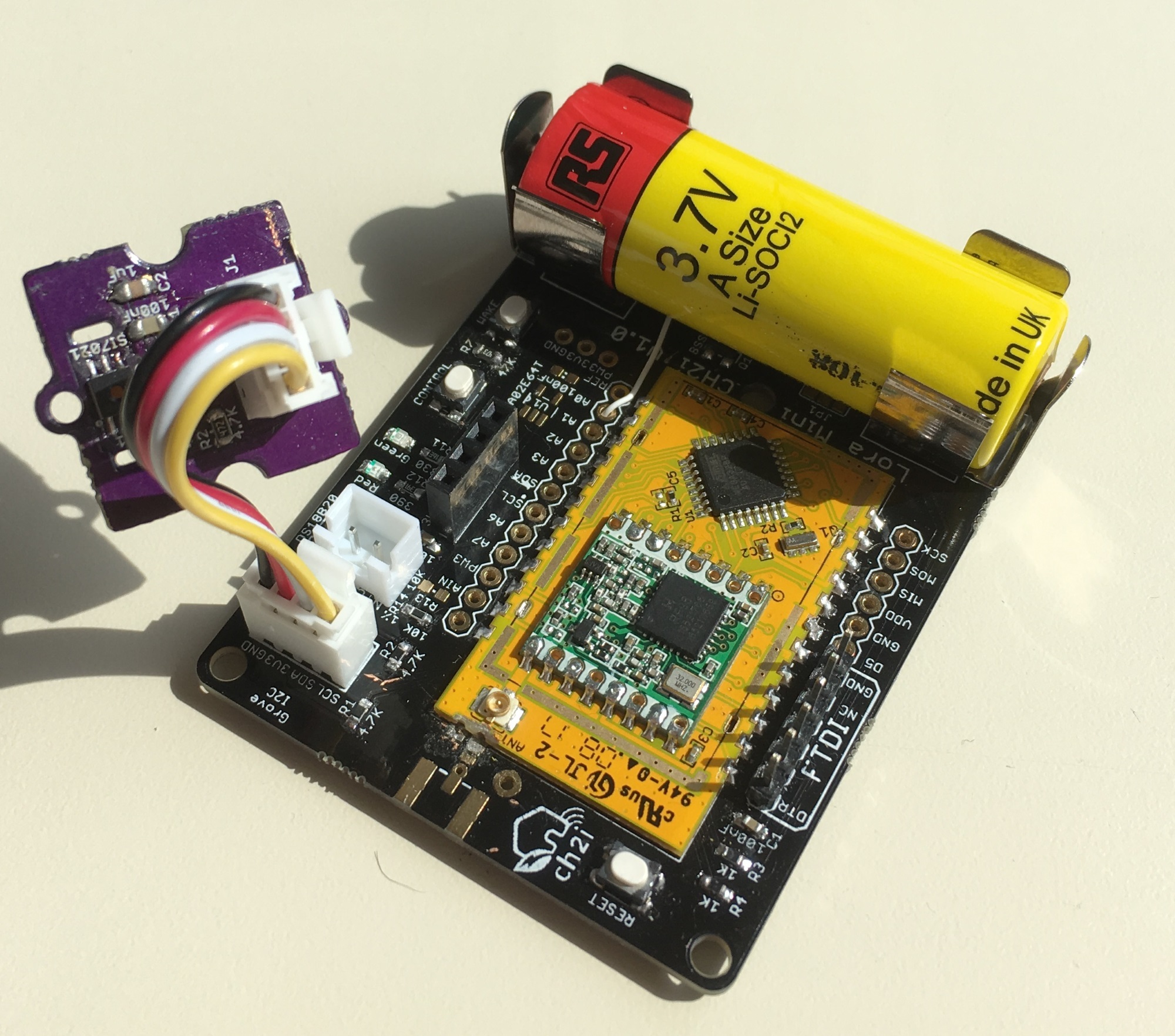


 )
)